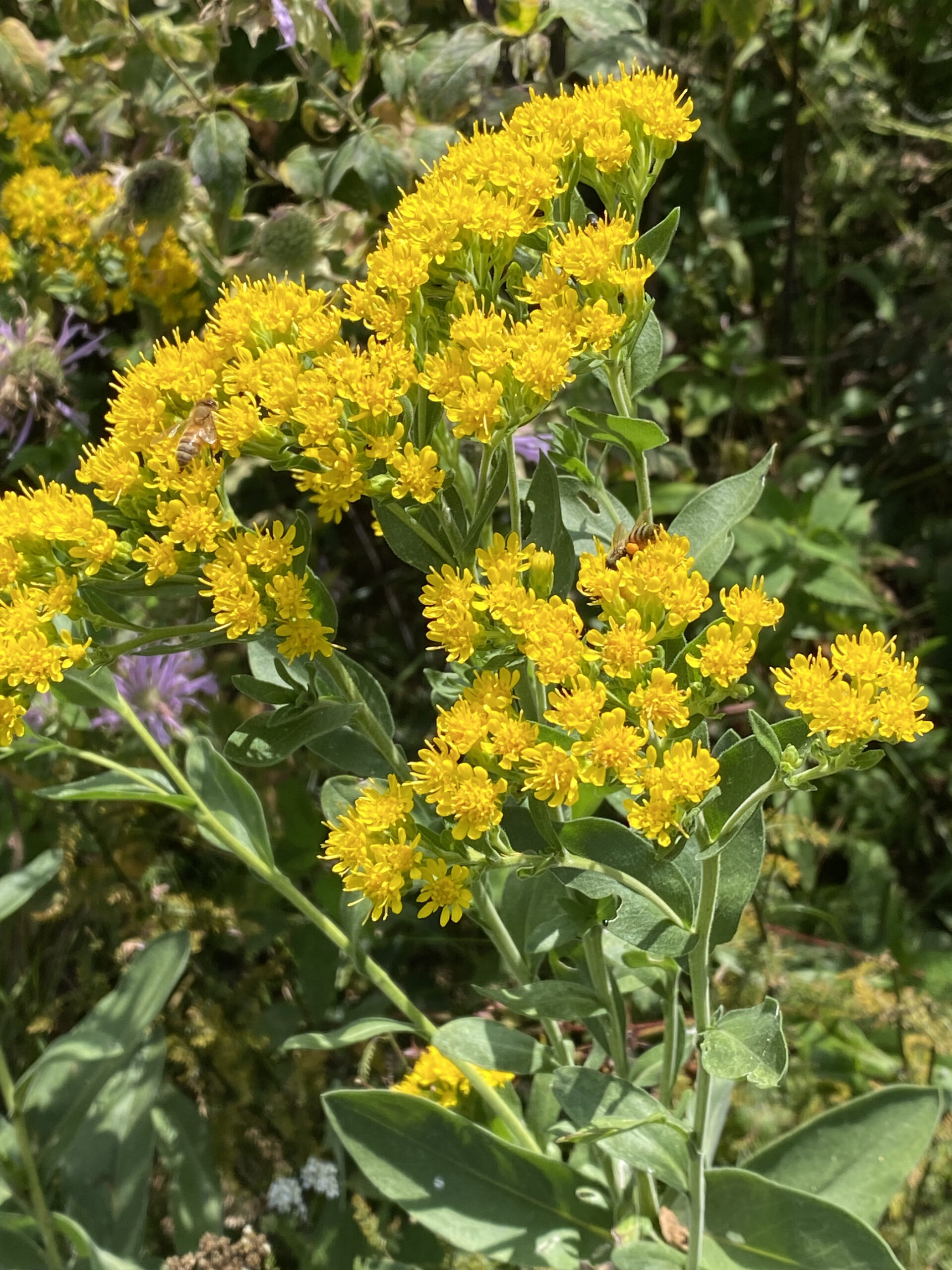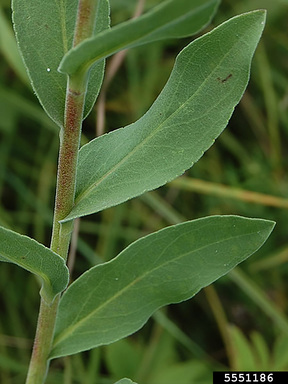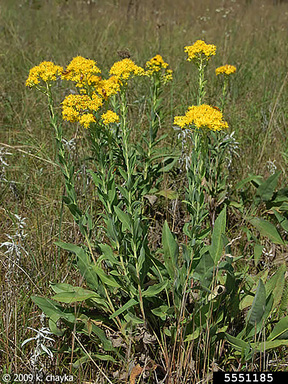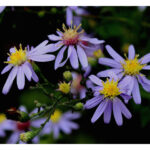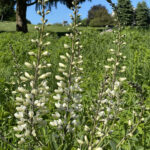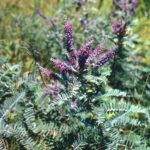Description
Stiff Goldenrod, Oligoneuron rigidum
DEEPOT – 2.75″ x 10″
Light: Full Sun to Part Sun
Moisture: Dry, Medium
Soil: Clay, Loam, Sand
Height: 4 feet
Bloom Season: August, September, October
Bloom Color: Yellow
Benefits: Pollinators, Birds, Host Plant
Notes:
Stiff Goldenrod is upright and unbranched, except at the top where it boasts a dense inflorescence made up of clusters of bright yellow flowers. The inflorescences are about 2–4 inches across, which is larger and flatter than most other goldenrods. The individual flowers are about 1/3 inch across—also larger than most other goldenrods.
The central stem is downy, frequently turning reddish with age. The toothed leaves are grayish green with a felty appearance, alternately arranged along the stem. These leaves turn nice shades of red in the fall. The fruit are dry seeds, with tufts of hair, that are scattered by the wind.
This plant attracts many insects including long and short-tongued bees, wasps, flies, butterflies, and beetles. Monarch butterflies are especially drawn to the flowers. It is the larval host plant of the Green Leuconycta moth and the Wavy-Lined Emerald moth. In general, all goldenrods provide important ecosystem services late in autumn when most other plants are shutting down.
Stiff Goldenrod is easy to grow, adapting to a range of soil types. It thrives best in full to partial sun with dry to moderate moisture. Too much water or rich soil may cause the plant to flop during its blooming period. The deep fibrous roots will form offsets overtime. Use in pollinator gardens, meadows, prairies, open woodlands, or roadside plantings. Drought resistant.
Goldenrod, like many other native perennial species, can be cut back by about one-third to one-half of its height in late May to early June. This practice, often referred to as the “Chesea Chop,” helps control plant size, produces more blooms for pollinators, and encourages bushier growth.
Photo:
1. Ruth Oldenburg
2. & 3. Katy Chayka, www.minnesotawildflowers.info, Bugwood.org

